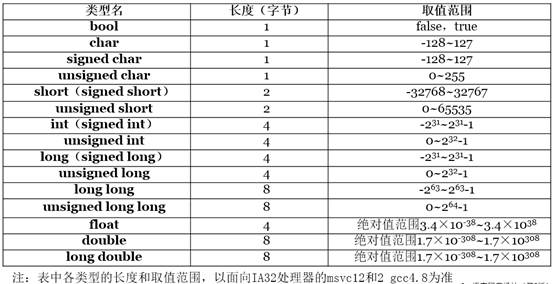I'm having a problem displaying images downloaded to cordova.file.dataDirectory in my angular/ionic/cordova app.
I'm using cordova-plugin-file and I'm able to download the files, and extract the URLS using .toInternalURL() and/or .toURL(). However the angular list view is rejecting them. I'm using WkWebView for Ios, and my code is working fine on Android (using .toInternalURL() ). I've whitelisted both cdvfile://* and file:///* in the config and in the meta content-security-policy...
I've added screenshots
Here's the console screenshot for links generated by .toInternalURL()

Here's the screenshot for links generated by .toURL():

Here's the security policy im using:
<meta http-equiv="Content-Security-Policy" content="default-src * data: cdvfile://* content://* file:///*; style-src 'self' 'unsafe-inline' *; script-src 'self' 'unsafe-inline' 'unsafe-eval' *; media-src *">
Ok, so it turns out that my problem was WKWEBVIEW. I had been using it and didn't realize it was the source of my issue.
So to use a stored image path in src attribute, don't use cdvfile:// or file:///. Instead create a path that looks like this:
http://localhost:12344/Library/NoCloud/ho_tylw7Ygc.jpg
Prepend "http://localhost:12344/Library/NoCloud" to entry.fullPath and you're all set to point to your app's dataDirectory.
To make it work I had to do the following trick:
- I added the 'local-filesystem' suffix into url http://localhost:potr/local-filesystem/
- Then I added the whole path that I had after file:// e.g. http://localhost/:port/local-fileystem//Users/...
- But to make things work, if you look at the document.location.href, you will see cdvToken parameter. It needs to be added to the url you baked as ?cdvToken=blah-blah-blah
Only afterwards the thing started to work.
Note that I use 'local-webserver' npm pacakge as a cordova-labs-local-webserver (version 1.0.0-dev.)
Things can be different in other versions.
For people using Ionic 3, this did do the trick for me:
import {normalizeURL} from 'ionic-angular';
normalizeURL(cordova.file.dataDirectory + file.fullPath)
Maybe this is more bulletproof, because it relies on cordova.file.dataDirectory rather then a hard coded string





